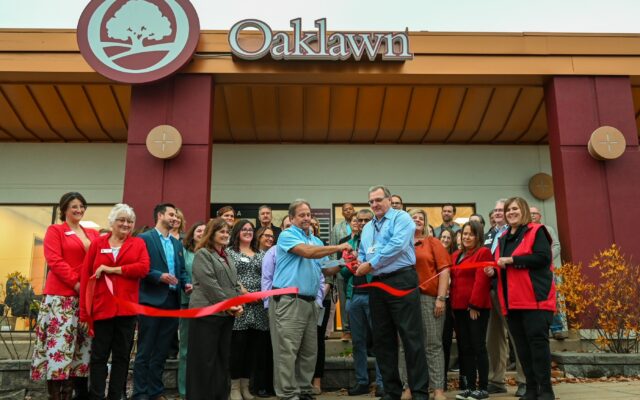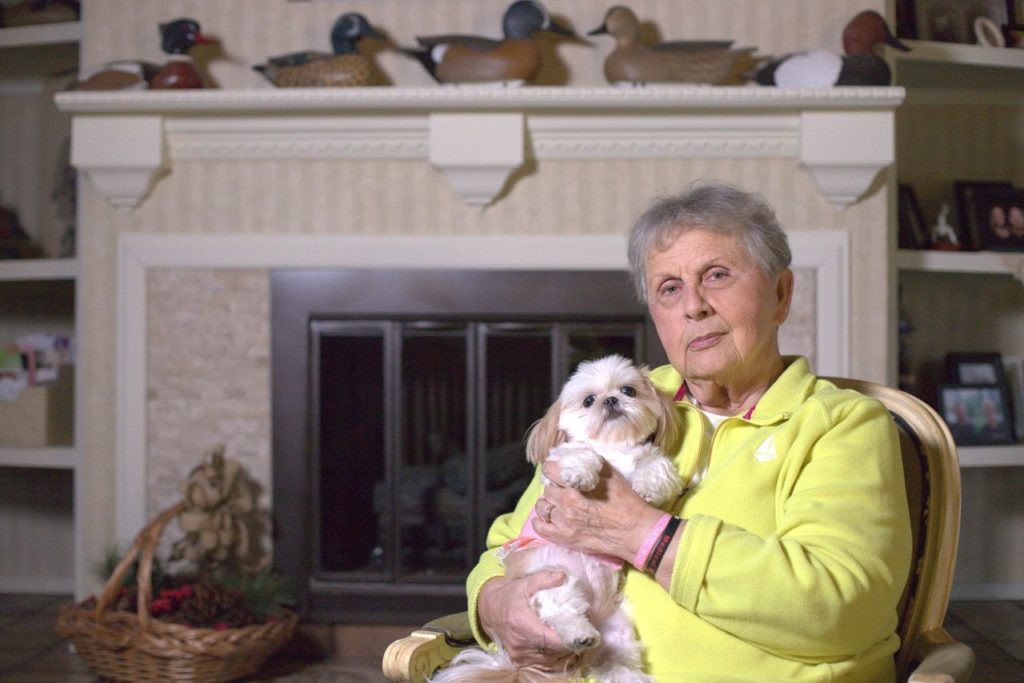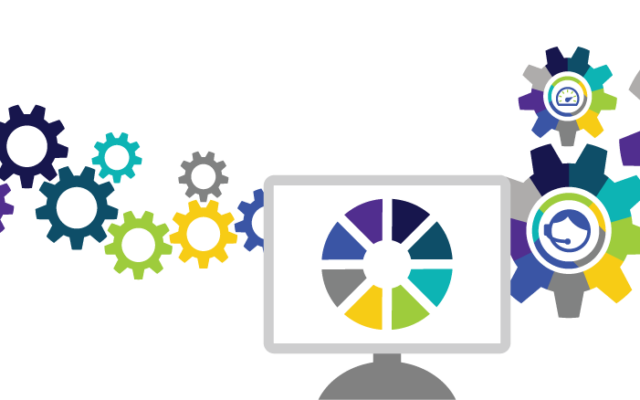
Radiology
Empowering you with advanced breast imaging in a comfortable, patient-focused setting.
Why It Matters
Early detection is key to breast health. Digital mammography uses state-of-the-art imaging technology to provide clearer, more detailed pictures of your breast tissue — allowing your healthcare team to identify subtle changes, minimise repeat imaging, and act sooner when needed.
What sets our service apart
- We use the GE Senographe Pristina digital mammography system, which produces high-quality, highly readable images that can be magnified and manipulated for better insight.
- Compared to older film-based mammograms, digital mammography at Oaklawn reduces the likelihood of needing additional imaging, making your experience faster and smoother.
- Images may be stored and transmitted electronically — enhancing coordination across your care team and allowing quicker review.
- Shorter exam times for both screening (routine mammograms) and diagnostic mammograms (if further evaluation is required).
Where We Serve You
Our mammography services are offered in two convenient locations:
- Women’s Diagnostic Center, located in the Ricketson Medical Building in Marshall, MI.
- Specialty Care – Beckley Road office, in Battle Creek, providing access for patients in the broader region.
What to Expect
- Your physician or specialist will recommend a mammogram and assist with scheduling.
- Arrive at the location; our team welcomes you into a calm, private exam room.
- The technologist positions you and uses the digital mammogram system to image your breasts — typically taking two images of each breast in multiple views.
- The exam is usually brief and comfortable, though you’ll be asked to remain still briefly while images are captured.
- A board-certified radiologist reviews the images quickly and sends the report to your provider; you’ll receive guidance and follow-up as needed.
Who Should Consider Getting One
- Women ages 50 to 74 who are at average risk for breast cancer are recommended to have a mammogram every two years.
- Women ages 40 to 49 should talk with their doctor or other health care provider about when to start screening and how often to get a mammogram based on their individual health history and risk factors.
- Those with a personal or family history of breast cancer, dense breast tissue, or other risk factors may benefit from starting screening earlier or being screened more frequently, as advised by their provider.
- Women experiencing new breast changes — such as a lump, nipple discharge, or unusual discomfort — should contact their provider promptly, as a diagnostic mammogram may be needed.
Why Choose Oaklawn for Your Mammogram
With Oaklawn, you gain more than just imaging — you benefit from highly trained technologists and radiologists, advanced digital equipment, and care that’s designed around your comfort and confidence. Whether for your routine screening or an in-depth evaluation, our team is ready to support you.

“I’m an older one, I have been with Oaklawn for years. They have been my backup on everything. I would remind women to not skip their mammogram. I’m 81 now, and I have gone every year, I’m sure glad I did.”
Barbara Hookway, Patient

